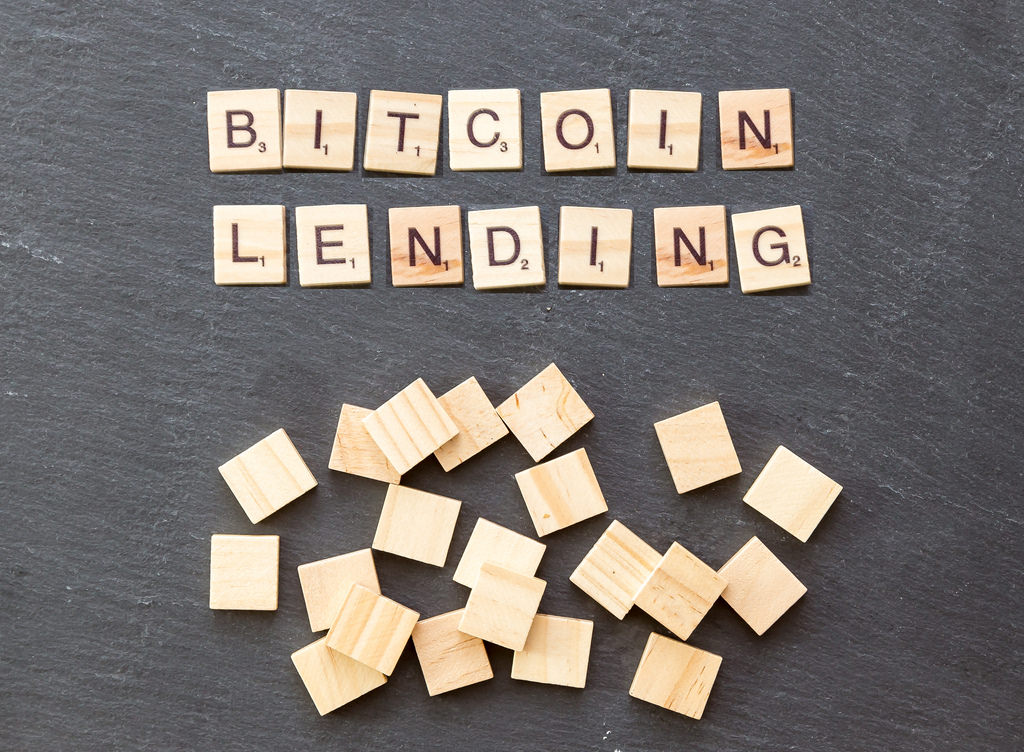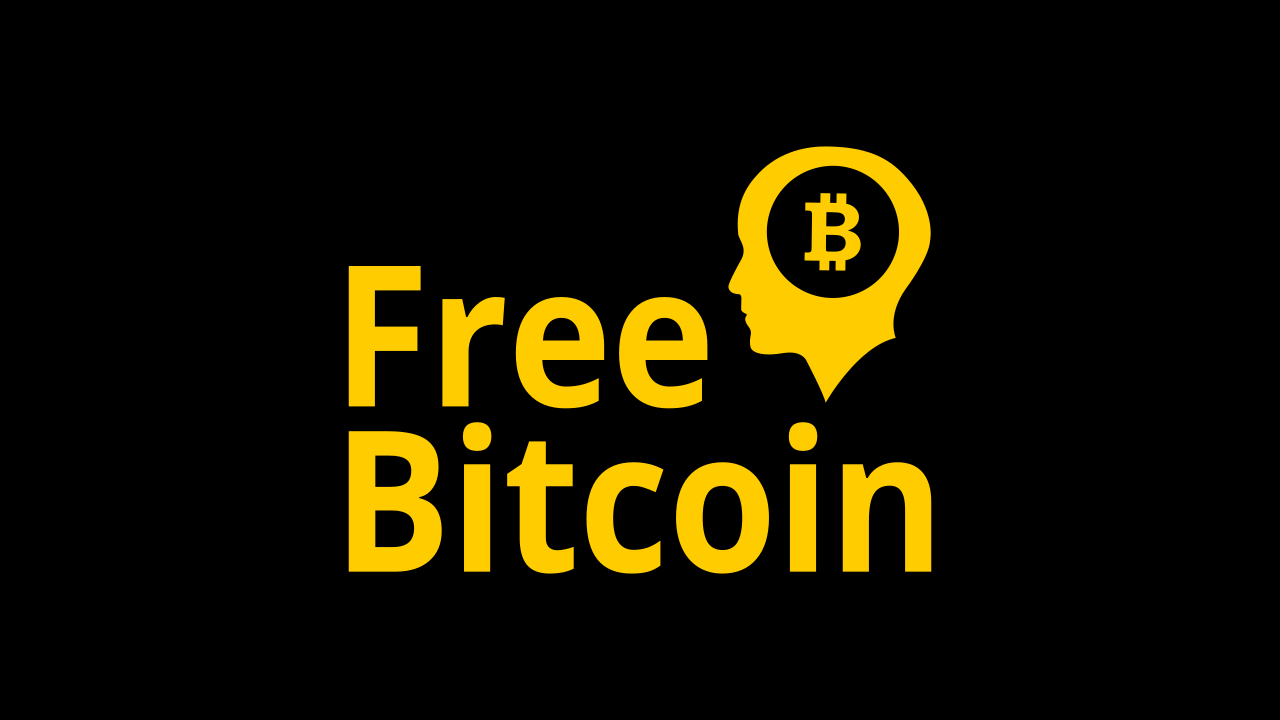I recently published an article about bitcoin lending programs and I am earning money from some of them. And while there are many, many lucrative and exciting opportunities within the cryptocurreny markets, there are also some risks. In this article, I will explore the risks of Peer-to-Peer lending platforms, why they get shut down sometimes, and what you should be aware of if you want to start lending bitcoin P2P.
Reasons Why Bitcoin Lending Platforms Can Shutdown
Bitcoin lending portals provide opportunities for financial growth in both lenders and borrowers on a global scale. Bitcoin peer to peer lending platforms help lenders to connect with borrowers from all over the world. However, even with such advantages, no system exists without its unique set cons, Bitcoin lending platforms are no exception.
What happens when such platforms close?
- Some of the operations in P2P lending system are forced to a halt. Borrowers could no longer avail loans from willing lenders in the platform.
- Company lender protection measures are enforced to protect lender interests as a top priority over borrower interests. This involves forced liquidity measures and countermeasure against borrowers that defaulted on their financial obligations.
- Lenders are advised to withdraw their investments from the platform. Or, if there are any complications, wait until the company sorts out their accounts and notify them when withdrawals could be made. Lenders could still receive payments from their borrowers.
- Borrowers could continually pay their debts to their lenders within the specified time the company continues to support transactions. However, it is understandable that outstanding loans would hardly be paid back since the news of closure.
These platforms are subjected to a variety of factors that make their core operations unstable and unsustainable.
Here are the following reasons why closures can happen:
Changing Regulatory Pressures
Depending on where the main location of the company is based at, local regulatory pressures play a major role in its core operations. The rise of cryptocurrencies and the market opportunities that came along with it left some countries unprepared to deal the changes. Cryptocurrencies are fairly new and local laws may lag behind in adapting to such changes. However, once laws have been laid out to regulate such systems, it can either turn for the better or worse.
As an example, BTCJam has recently announced upcoming closure of operations on July 1, 2018. The main reason of it shutting down was due to regulatory pressures enforced upon it. Though it was not specified how and what specific measures were enforced, it was clear that its core operations would be compromised and thus, making further operations not feasible to do anymore. You can check out the news from this link, .
BitLendingClub, another prominent company involved with bitcoin lending founded last 2014 by Kiril Gantchev. The BitLendingClub announced its plans on shutting down operations last December 1, 2017. Though the specific reasons were not mentioned in the letters to its customers, regulatory pressures was the term used and the major driver that led to the company’s decision to shutdown.
Sometimes, even news of upcoming regulation pressures can heavily affect public sentiments over these platforms. An example would be about China’s plans on shutting some bitcoin related operations which was announced last September 11, 2017. Several opinions about these cryptocurrency platforms also surface with regulatory pressures. And lastly, this news came out in just two months after the mentioned China’s shutdown on local bitcoin exchanges.
Inadequate Site Security Measures in Place
The security of all participants in the platform should naturally be a top priority since money is involved. However, once news of security breaches in the system surfaces, customer trust ratings on the platform can dramatically decrease. This can result to irrecoverable reputation damages which can lead to customer accounts canceled and decrease in new account applications to the platform. As an example, BitLendingClub experienced a security breach on their WordPress site. This led to 8 bitcoins stolen by hackers.
Inadequate Lender Protection Measures
It could not be denied that in order for bitcoin loans to be available, lenders need to know that their best interests are also served by the system in place. The promise of high revenues or at least, a steady and predictable return on investments will never be appealing to a rational investor when it entails risking their investments on uncertain loaning platforms.
Because bitcoin loan markets cater to a global level, there are no fixed credit rating systems in place to help screen borrowers. Each country may have their own credit rating system or none at all, especially in developing countries. Lenders are faced with countless borrowers and at guesswork to determine which borrower is not likely to default on their financial obligations.
Bitcoin P2P lending platforms have posed their own set of solutions when it comes to screening worthy borrowers to match their lenders. This is usually accomplished through gathering personal information that may gauge the borrower’s credit risk.
These data include but not limited to:
- The borrower’s social media accounts, ID documents, proofs of residency and income.
- Records of previous eCommerce transactions such as Paypal, eBay, and etc.
- Existing credit rating reports.
A P2P bitcoin lending company usually has software that mathematically quantifies all gathered data and assesses the level of risk a borrower poses based on complex algorithms set. The software may also be made available for their lenders. Using the screening tool, lenders can seek out borrowers in the platform that fit into their criteria after keying in filters.
While the initial borrower screening is no guarantee that delinquent accounts may not arise, it reduces the level of risks lenders can face as they try to diversify their portfolio. An increase in interest rate could also be enforced by the bitcoin P2P company to the borrower after a certain period of failed payment.
The assistance of debt collection agencies are not yet available for P2P bitcoin lending platforms unlike traditional P2P lending, however, once the industry becomes a strong trend, third party collection agencies will enter in the system. Usually, the platform can disclose the identity of the borrowers once default occurs. Lenders now have the option for legal pursuit in such cases.
Because bitcoin P2P loans function on an international market, you can expect the bitcoin lending company to have local debt collection agency partners where the borrower may be located.
No Longer a Profitable Platform
Bitcoin P2P loans are an emerging market opportunity for investors and borrowers. You can expect competitive cryptocurrency lending companies will rise up and entice existing participants to invest on their side. While competition does contribute to problems with sustainability, the other compounding factors that compromise these platforms were already stated above.
If lenders no longer find people willing to borrow bitcoin, the platform would no longer be profitable for them. Lenders could either move to another company that hosts the same services or invest in other creative ways to diversify their portfolio.
What Lenders Need to Know to Protect Their Capital
The whole point of BTC investors engaging in BTC loans is to yield profit from interest rates at a predictable pace. Investors are constantly exposed to risk much like any other forms of investment. However, when you are dealing with new innovative markets that have no clear authorized regulating bodies to oversee, an investor’s risk takes on a whole new level.
BTC loans on a P2P portal are relatively new and an innovative industry to begin with. Other than a few years of track records and series of thriving successes, these platforms have yet to demonstrate how resilient and trustworthy they are as avenues for investing. The recent P2P shutdowns brought by regulatory pressures do not help at all. Furthermore, news of plans to regulate such markets can affect the core functions of how these platforms work, as an example . Investors need to constantly exercise their due diligence when engaging in such markets and ensure these P2P portals can secure their best interests.
Know the Terms and Conditions of the Platform
In bitcoin lending, investors need to pay more attention on how their principal is protected in the event of default. The high interest rates that these platforms provide can be just noise to cloud an investor’s judgment. It is naturally for one to be drawn into promises of high yield revenues. However, when it comes to lending, your interest rates should be proportioned to the risks the bitcoin lender faces.
Only Lend BTC That You can Afford to Lose
This is about managing your risks by not taking further unnecessary risks. Loss is part of the reality in investing and more so when a lot of uncertainty is involved. Currently, BTC loaning portals have yet to go beyond constant reminders through emails and mobile notifications for borrowers that have defaulted. Unlike P2P lending that does not deal with cryptocurrency, BTC P2P platforms at the time of this writing do not have local debt collection agency partners that can enforce collection.
The portal’s borrower screening measures should never leave an investor complacent. Furthermore, if one can afford the time to examine the loan applicant’s credential and other risk parameters, then do so as an extra measure against risk. There is still a limit to machine learning and the convenience of automatic loan approvals may cost the lender more than they can profit.
Understand Who Benefits Overall
While BTC P2P loaning programs do reduce the amount of fees both lender and borrowers need to pay, this convenience is still not without costs as the portal’s service fees, though small, still contribute to the deduction of returns. Whether an investor is earning or losing bitcoins in the platform, service fees are deducted per transaction by the portal. Investors need to always look out for principal.
BTC lenders Need to Take Security Seriously
If the platform has experienced a breach in the past like Loanbase, it should already serve as a red flag for investors. While there are always room for improvement when it comes to a site’s digital security measures, investors should never take unnecessary risks without understanding what other consequences may follow. There is no substitute for due diligence when it comes to bitcoin lending and the first measure of lender protection should come from the lender themselves.







Leave A Comment